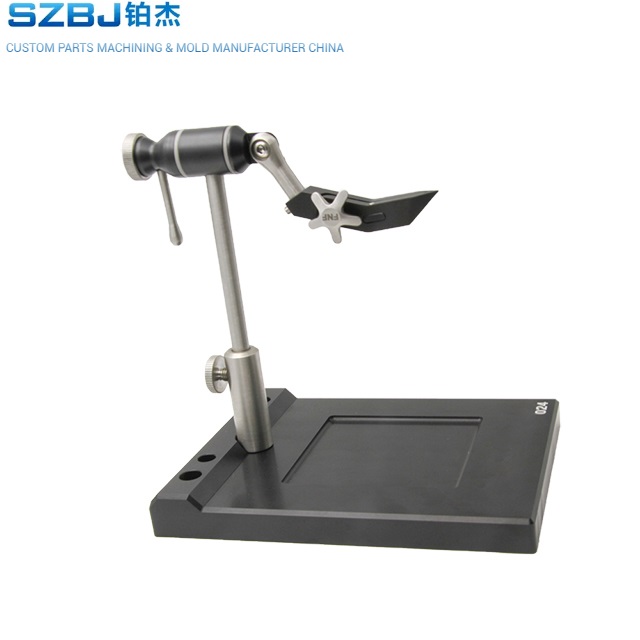In modern industrial production, the processing of precision parts plays a vital role. Whether it is automobile, aviation, aerospace or electronic equipment manufacturing, precision parts are the key factors to ensure product quality and performance. This article will reveal the key points and technologies of precision parts processing to help you understand how to create high-quality precision parts.
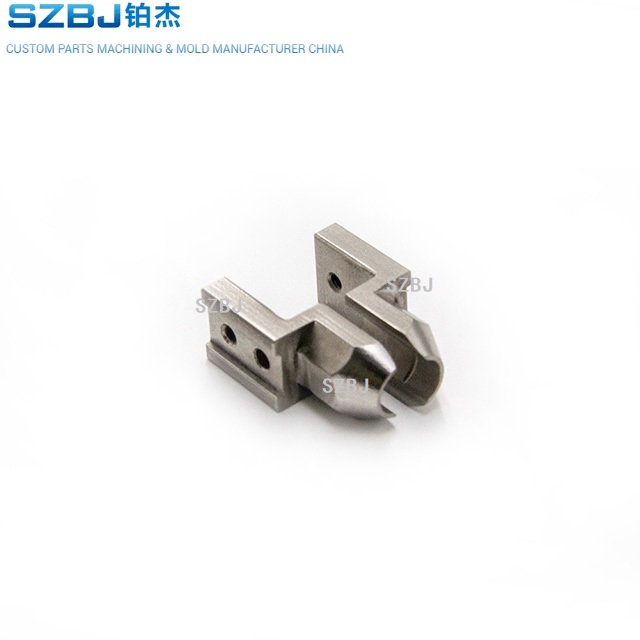
I. Definition and significance of precision parts processing
Precision parts processing refers to the process of processing parts with high precision requirements. The manufacture of precision parts has an important impact on the performance, reliability and life of the product. Through precision parts processing, the dimensional accuracy, surface quality and assembly accuracy of the product can be guaranteed, the design requirements of the product can be met, and the competitiveness of the product can be improved.
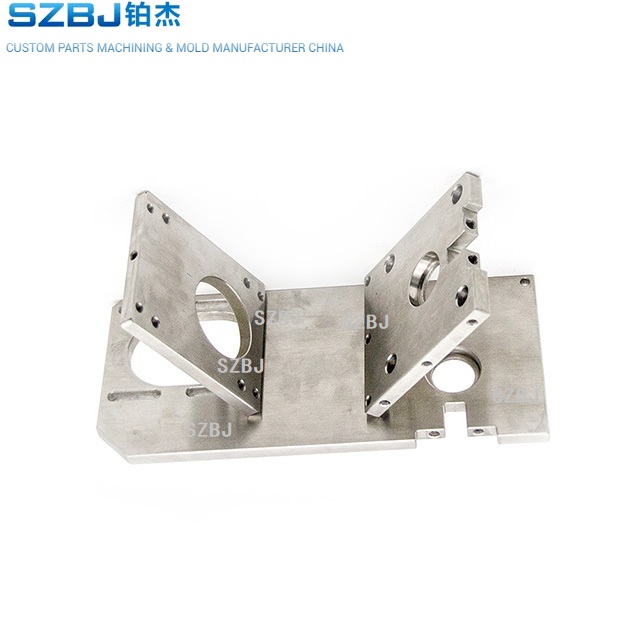
II. Key points of precision parts processing
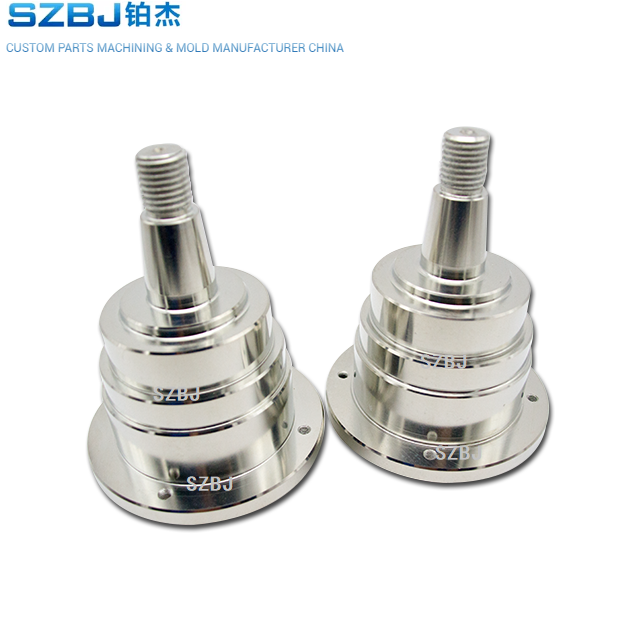
1. Design optimization
In the design stage of precision parts, it is necessary to fully consider factors such as material properties, processing technology and product requirements for design optimization. Reasonable design can reduce processing steps, reduce production costs, and improve processing efficiency and product quality.
2. Material selection
The materials used for precision parts processing should have good mechanical properties and processing properties. Common materials include aluminum alloy, steel, stainless steel and plastic. Select appropriate materials according to different product requirements to ensure the performance and quality of parts.
3. Advanced processing equipment
Precision parts processing requires the use of advanced processing equipment, such as CNC machine tools, high-precision grinders and EDM machines. These equipment can achieve high-precision and high-efficiency processing and improve product accuracy and quality.
4. Strict process control
Precision parts processing requires strict control of the process parameters of each processing step, such as process route, processing speed, cutting parameters, etc. Only by strictly controlling the process can the stability of processing accuracy and surface quality be guaranteed.
5. Quality inspection and monitoring
After the precision parts are processed, quality inspection and monitoring are required. Common quality inspection methods include three-coordinate measurement, surface roughness test and metallographic analysis. Through quality inspection and monitoring, problems in processing can be found and timely adjustments and improvements can be made.
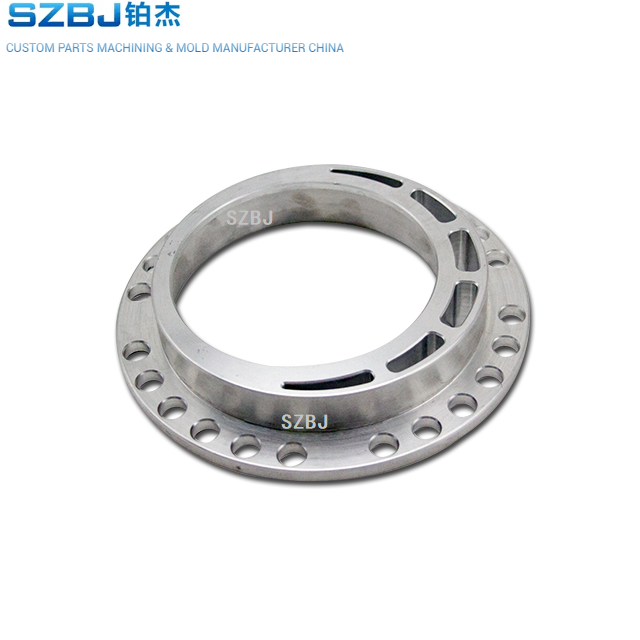
III. Technical points of precision parts processing
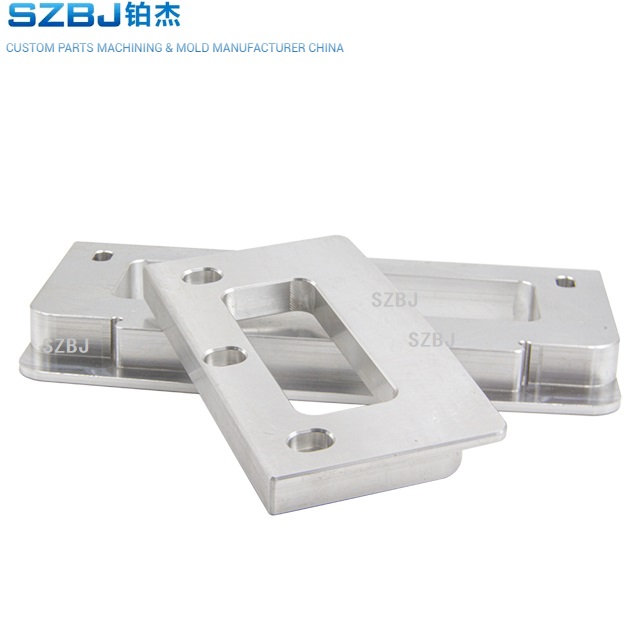
1. Precision cutting technology
Precision cutting technology is one of the basic technologies for precision parts processing. It uses high-speed cutting tools to control parameters such as cutting depth, feed speed and rotation speed to achieve cutting processing on the surface of parts. Precision cutting technology can achieve higher processing accuracy and surface quality.
2. Precision grinding technology
Precision grinding technology is one of the important technologies for precision parts processing. It uses grinding tools to grind the surface of parts to achieve higher processing accuracy and surface quality. Precision grinding technology is widely used in precision bearings, friction pairs and optical devices.
3. Precision forming technology
Precision forming technology is another important technology for precision parts processing. It processes materials into parts with specific shapes and sizes through methods such as hot pressing, cold extrusion and precision die forging. Precision forming technology is widely used in aerospace, automobile and electronic equipment.
